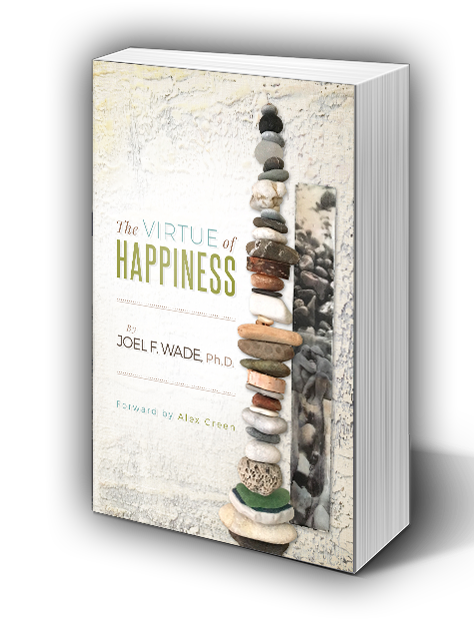Entropy is a term from physics that describes the tendency for matter to move from order into disorder. Life can be seen as a process that is deliberately working against entropy.
If you ever watched the old Get Smart TV show, or the more recent movie, the good guys were called “Control,” and the bad guys were “Chaos.” For living creatures like us, that pretty well describes the situation. Chaos is where entropy draws everything naturally; control is the conscious ordering, the structure that we have to impose on ourselves and our environment in order to survive and flourish.
For most living creatures, instincts take charge of a lot of the necessary ordering which life requires; finding food, mating, sleep cycles, protective behavior, etc. The Austrian physicist Erwin Schrodinger in his book, “What is Life,” proposed a molecule that directed these processes to counter entropy with “negative entropy,” and his hypothesis became an inspiration for Watson and Crick’s search for and discovery of DNA.
But we humans are different in a fundamental way: our basic survival tool is our mind, and unlike instinctual animals, we can choose to use our basic tool of survival… or not.
With our minds, we train our own brains to hold the structure of our lives. The habits that we practice daily, weekly, monthly; they are all based on neural pathways that we have established in our brain that make it easy and natural for us to follow these routines. These habits – if they are good ones – help us to resist entropy and have a sense of meaning, purpose and direction.
…and research is beginning to show the effects of our habits on genetic expression – which means that through our conscious choices and actions, we may actually be able to influence, to some degree, how our own DNA will direct us in the future.
The trouble is, many of the habits we develop are habits that we acquired by default – the routines that our family valued and practiced, or that our schools valued and practiced, or that any other influential people in our history have valued and practiced.
Or the habits that we ourselves developed in response to our environment growing up; the things we did that seemed to work then.
This can be wonderful if the people we learned from all had really good habits, great values, and were able to help us learn and practice the habits that would serve us the best; or if we happened to stumble along good habits while we wrestled with life’s challenges growing up.
It can be awful if the habits that we learned or developed are awful habits – whether we learn these directly through mimicking them, if we developed them in reaction to bad or hurtful events, or if we made and continued in bad choices along the way.
But even in the best of circumstances – a loving family, a supportive community, great opportunities for learning, responsibility, and growth – the habits that come easily to us may not be the best ones for our developing lives.
Read More


Recent Comments